



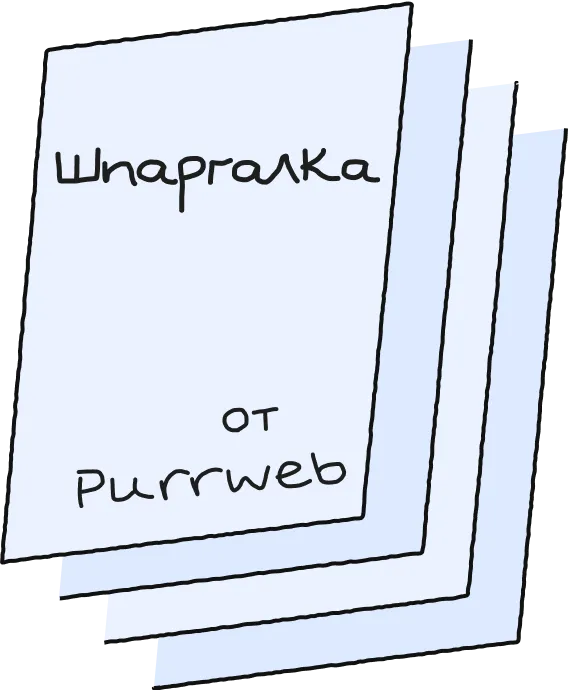
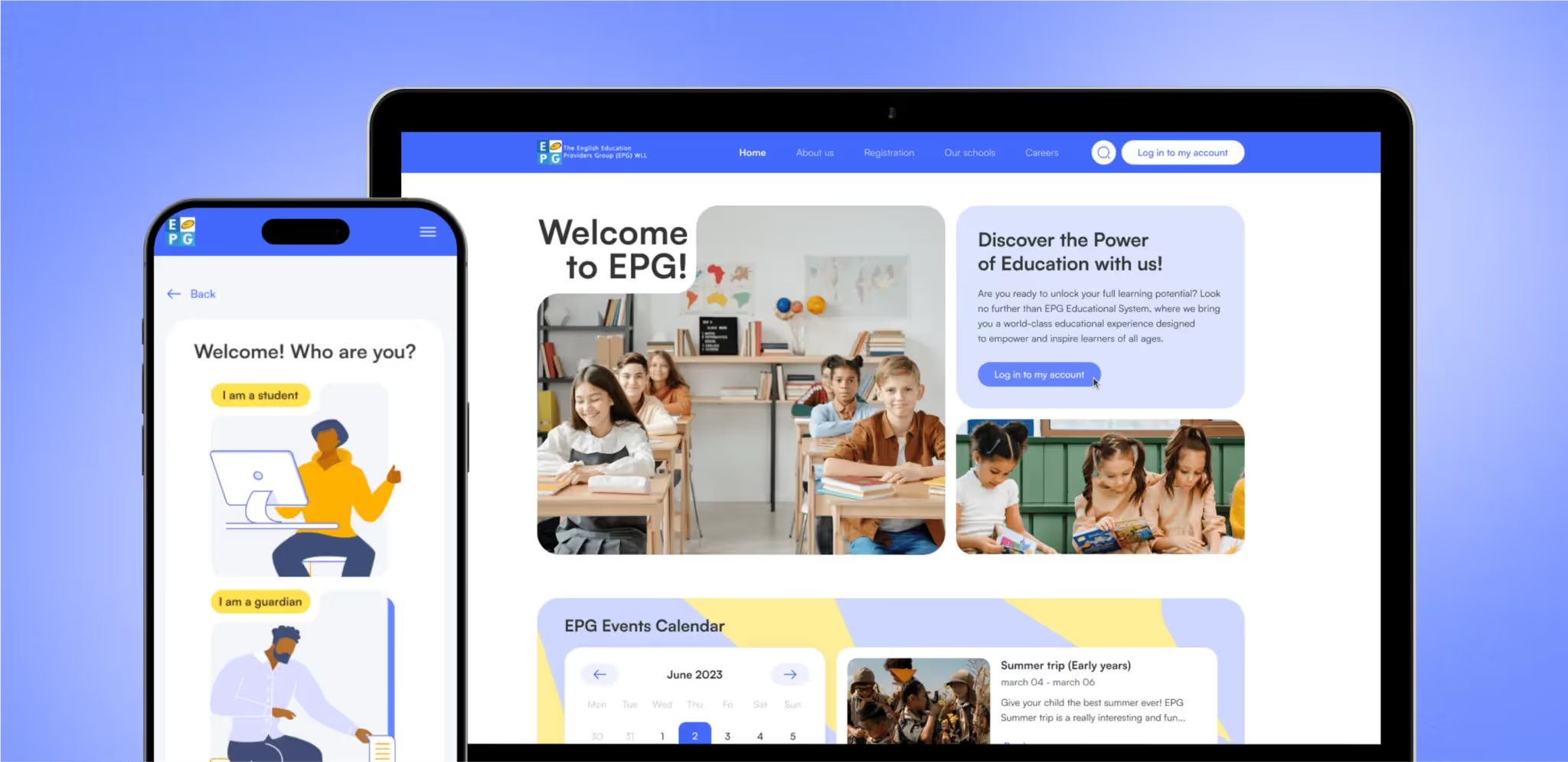


К нам часто приходят владельцы успешного бизнеса, которым на этапе масштабирования нужно прокачать IT-инфраструктуру. Так было и с одним из наших недавних проектов — ERP-системой для сети кувейтских школ.
Заказчики обратились к нам, чтобы перейти со сторонних сервисов на кастомное решение, полностью адаптированное под их потребности.
Как мы справились с этой задачей и создали удобную учебную платформу для учеников и родителей, которую заказчики планируют продавать как white label решение — рассказываем в нашем новом кейсе.
К нам обратилась сеть частных школ из Кувейта — The English Education Providers Group (EPG). Компания работает в сфере образования с 1975 года и в этом году празднует свое пятидесятилетие. Рекорд среди наших клиентов 🙂
Сегодня в сеть EPG входят 42 школы в Кувейте, в которых обучается почти 9 тысяч детей. EPG дает начальное и среднее образование — старших школьников тут нет.
Преподают в школах в основном на английском, а учебные программы аккредитованы международными организациями, например, Британским советом и Кембриджской ассоциацией международного образования. При этом EPG учитывает местный контекст и работает с билингвами. Главная миссия — дать детям качественное образование, с которым будет проще построить международную карьеру.
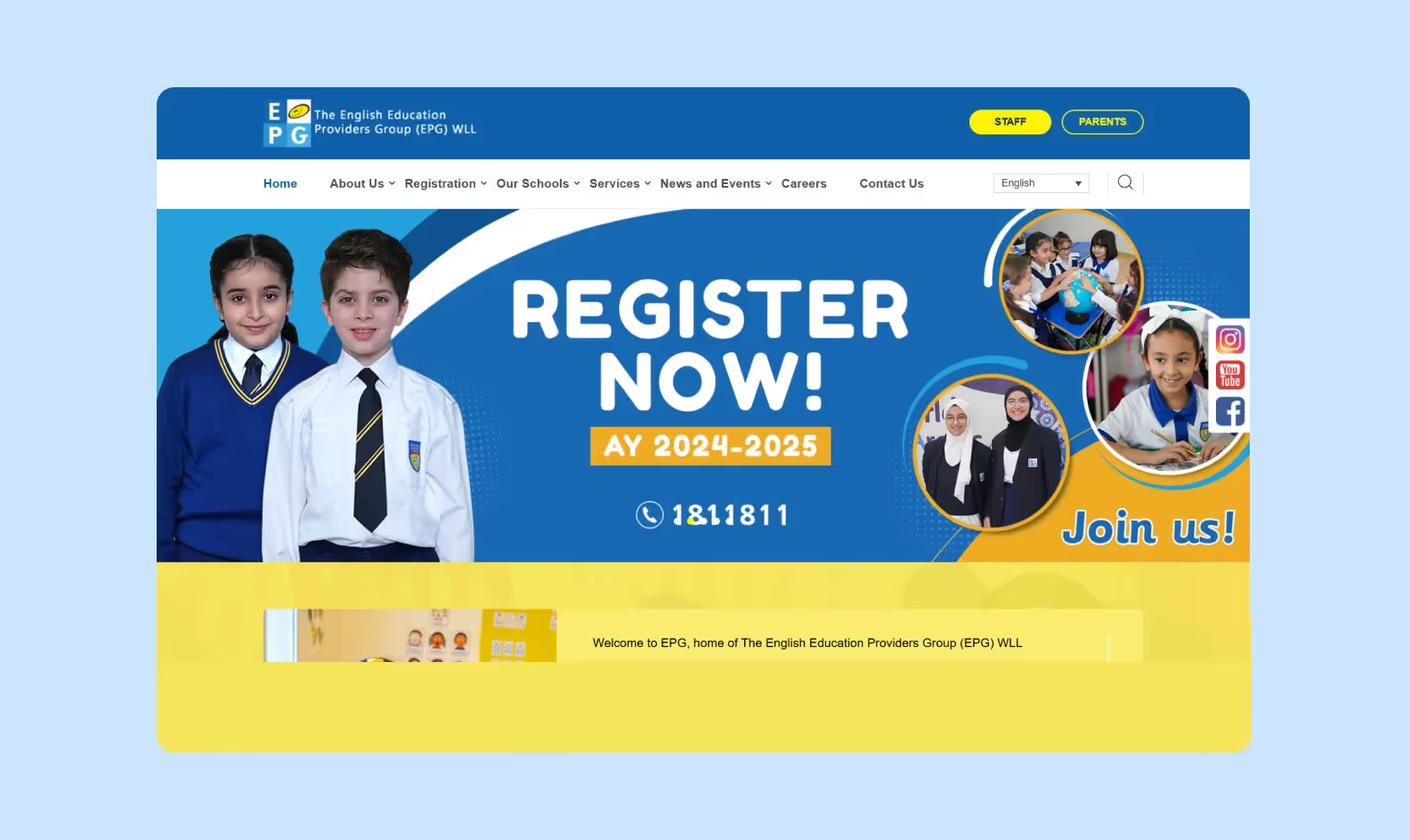
В общем, крутые ребята с очень важной миссией 🙂 К нам EPG пришли с таким запросом: разработать кастомную образовательную платформу, которая станет единым ресурсом для организации учебного процесса и менеджмента всех школ сети.
Раньше заказчики использовали несколько сторонних сервисов, и у школ сети не было единой системы. Со временем стало понятно, что это неудобно и дорого для бизнеса.
Вместо постоянных трат на внешние платформы решили вложиться в собственное решение — с учетом масштаба сети школ, оно может окупиться за несколько лет.
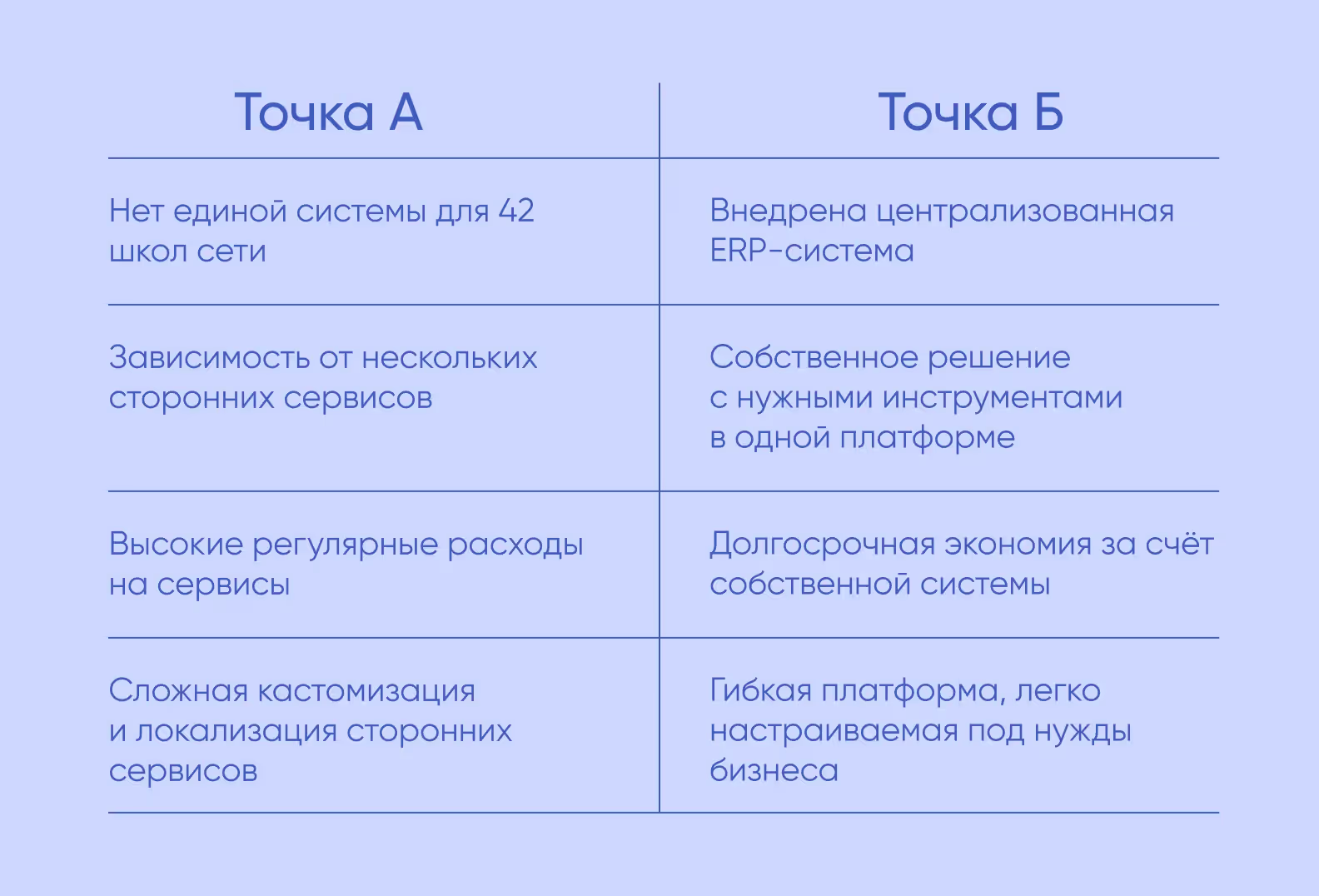
У EPG не было своих разработчиков, поэтому решили привлечь для этой задачи внешнюю команду дизайна и разработки, чтобы не тратить время на поиск и онбординг инхаус-специалистов.
Искали подрядчика за пределами Кувейта, но с опытом работы в этом регионе. Другой важный критерий — подходящий технологический стек, чтобы в будущем не возникло проблем с поддержкой и масштабируемостью системы.
И тут звезды сошлись и заказчики выбрали работать с Purrweb 🌌 Мы шутим — звезды тут, конечно же, ни при чем: мы пишем приложения, используя актуальные и надежные технологии, а еще в нашем портфолио есть классные проекты для арабского рынка.
Так что мы хорошо понимали, какие тут особенности в бизнес-коммуникации и принятии решений. Поэтому не удивились, когда заказчики взяли паузу, чтобы сравнить наше предложение с другими вариантами, и только спустя несколько месяцев вернулись к нам, чтобы стартануть проект 🙂
<div class="post_divider"></div>
Не можем не упомянуть наши прошлые проекты для клиентов из арабского мира!
Мы разработали MVP-версию мобильного приложения для онлайн-платежей KEM, которое стало очень успешным в Кувейте и привлекло внимание инвесторов: ребята получили $1 млн инвестиций на развитие продукта. В планах — выход на рынки соседних стран.
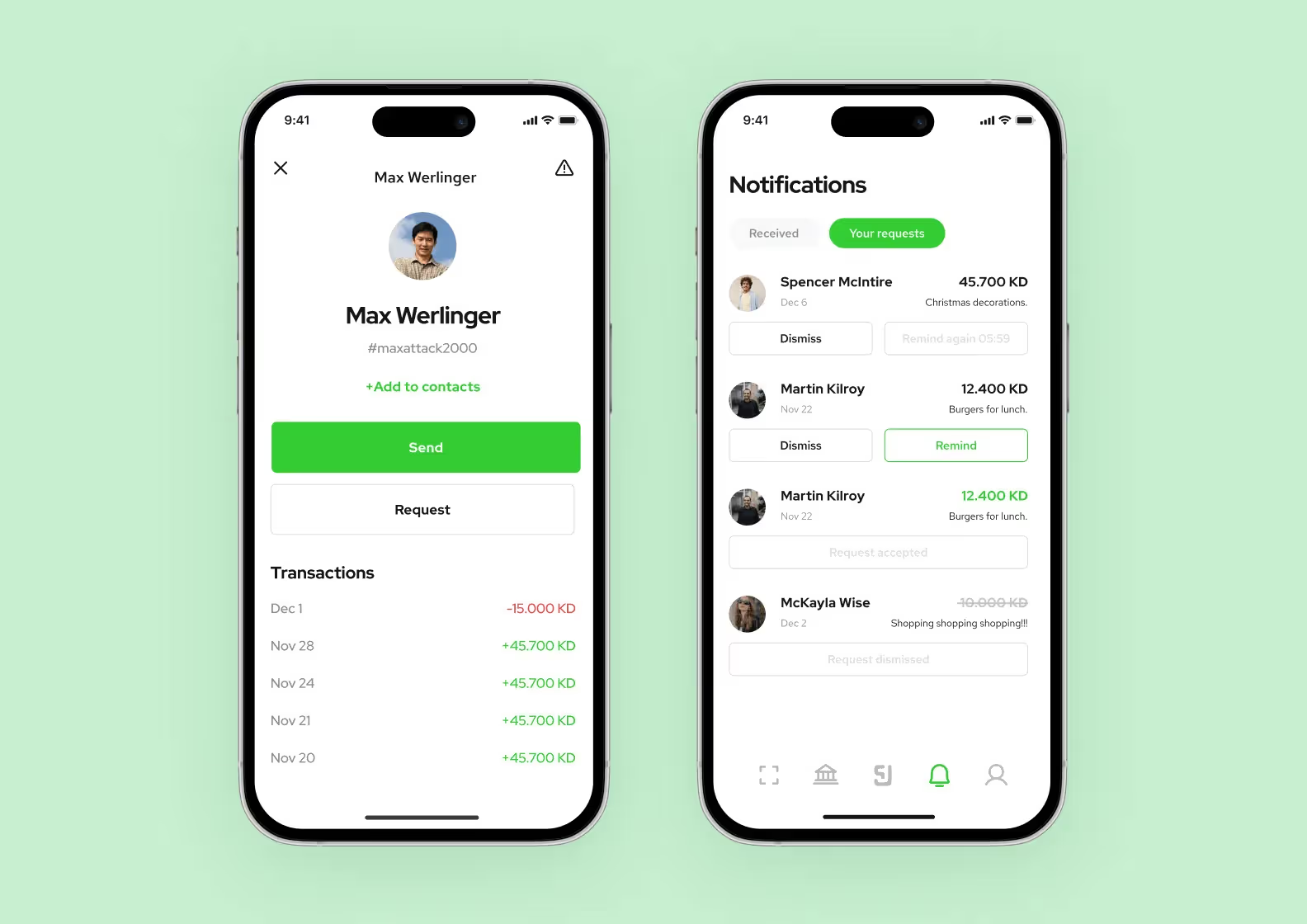
А еще мы отвечали за дизайн и разработку приложения WAW — оно позволяет покупать скидочные купоны и участвовать в акциях, и ориентировано на пользователей из Египта. За первые полгода после релиза у него появилось 130 тысяч активных пользователей, а общая сумма от продаж купонов перевалила за $64K.
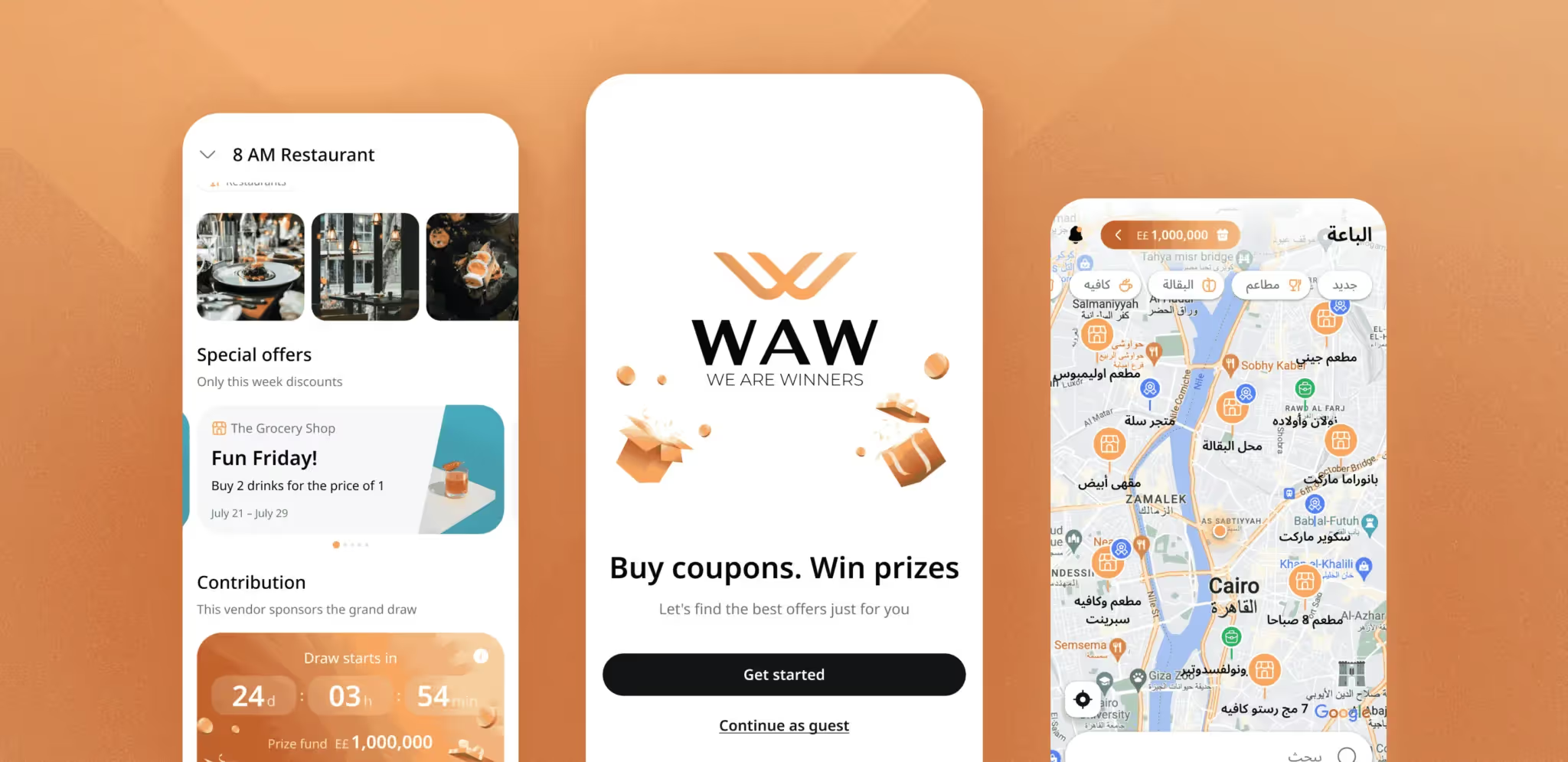
<div class="post_divider"></div>
Чтобы лучше понять наши задачи на этом проекте, давайте сначала разберемся, что такое ERP-система (Enterprise Resource Planning).
👉ERP-системы предоставляют единое информационное пространство для управления ключевыми бизнес-процессами компании. Они собирают и анализируют данные, на основе которых менеджмент может эффективно планировать ресурсы и принимать стратегические решения.
Обычно ERP-системы нужны там, где бизнесу требуется автоматизировать и координировать разные процессы, чтобы избежать разночтений.
Для нашего заказчика цель ERP-системы — это менеджмент учебного процесса во всех филиалах школы. И вот что это подразумевает:

По функциональности это напоминает известный российский сервис дневник.ру. Только для Кувейта 🇰🇼
При разработке нам нужно было учесть, что из-за нескольких ролей и разных уровней доступа будет много сложной логики. Функциональность у ERP-системы тоже продвинутая.
Мы отвечали за дизайн и разработку ERP-системы и перед нами стояли такие задачи:

Был один важный нюанс — бюджет. Полноценная разработка ERP-системы со всей желаемой функциональностью выходила за рамки комфортного для заказчика лимита.
Мы обсудили ситуацию и нашли выход: делаем MVP-версию платформы с критически важными для заказчика фичами. В дальнейшем можно будет постепенно добавлять функциональность и масштабироваться.
В MVP мы решили сосредоточиться на ключевых функциях для супер-админа и родителей. В этой версии мы полностью убрали фичи для учителей. Также исключили некоторые некритичные возможности: редактирование контента на лендинге супер-админом, архивирование сущностей, запись учеников на дополнительные занятия, а также чаты для учеников и учителей.
Далее расскажем подробнее о пользовательских сценариях и возможностях платформы.
Возможности ERP-системы зависят от роли пользователя. Всего их четыре.

Это внутренняя система, поэтому просто так туда не попасть: регистрировать новых пользователей на платформе и выдавать им доступ может только супер-админ.

В дизайне мы использовали блоковую структуру, чтобы удобно разместить контент и сохранить чистоту интерфейса. Так как информации на платформе много, важно, чтобы пользователи быстро ориентировались. Основные цвета — синий и белый, а для акцентов добавили желтый. Показываем примеры нескольких экранов 👇
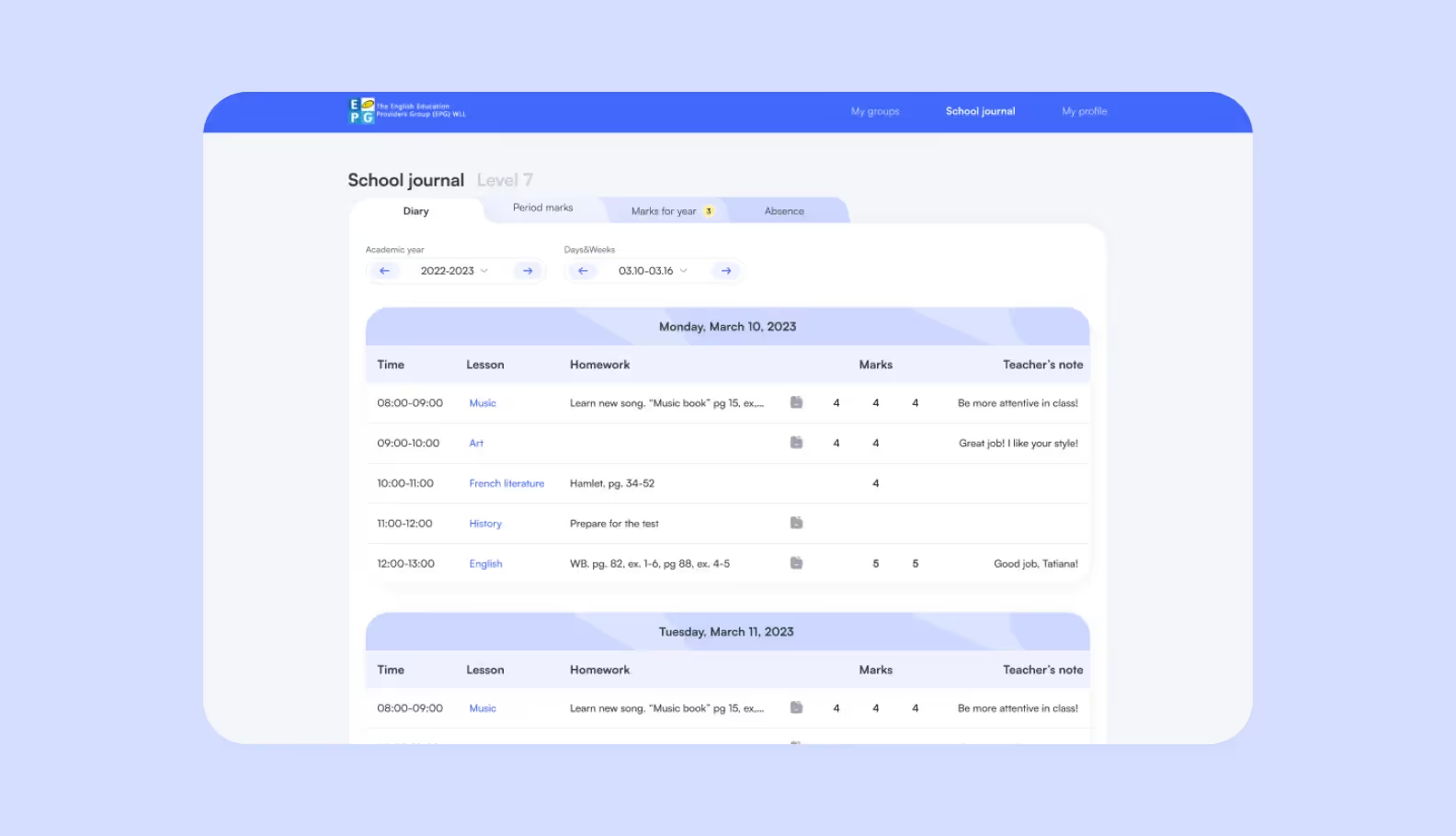
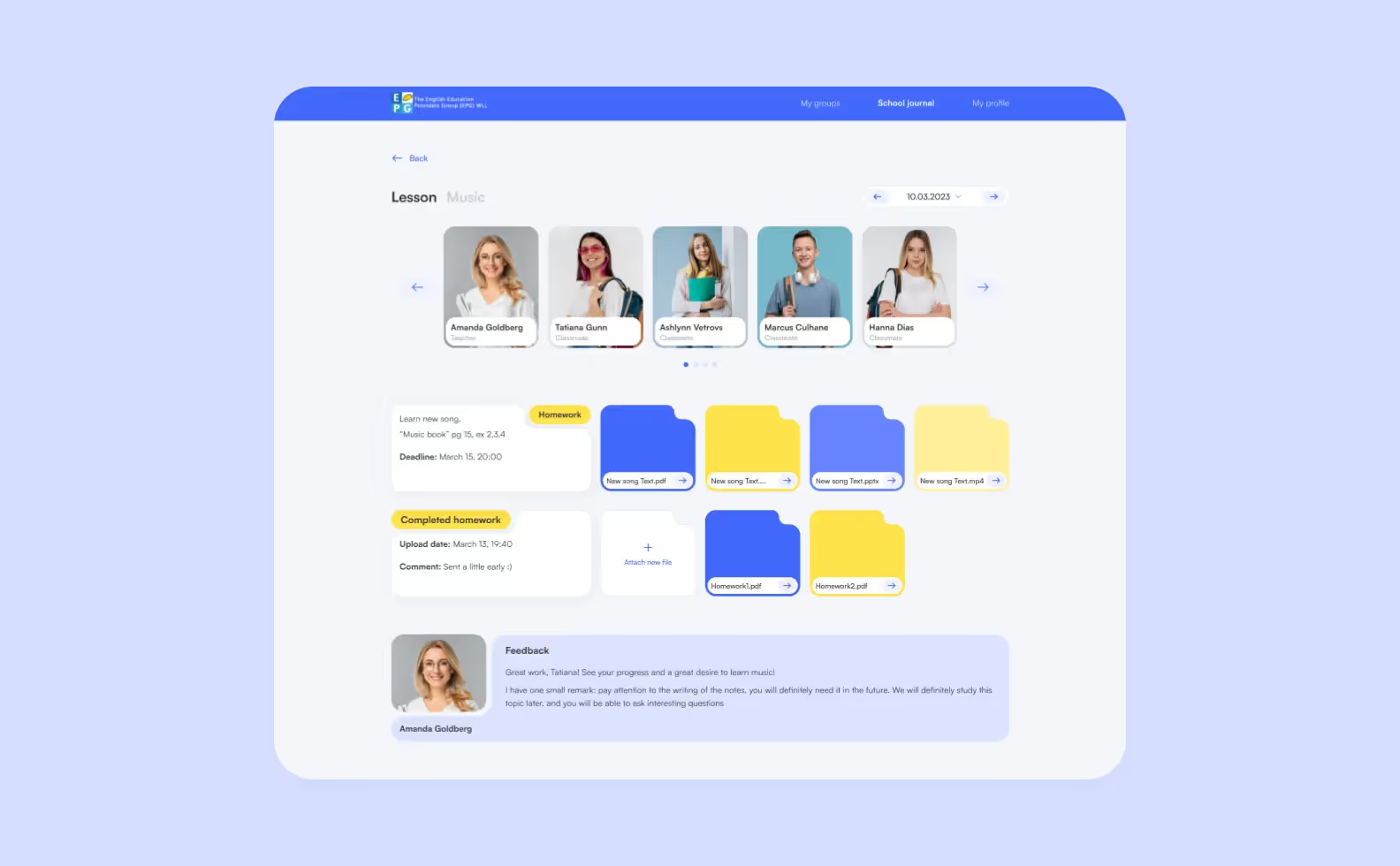
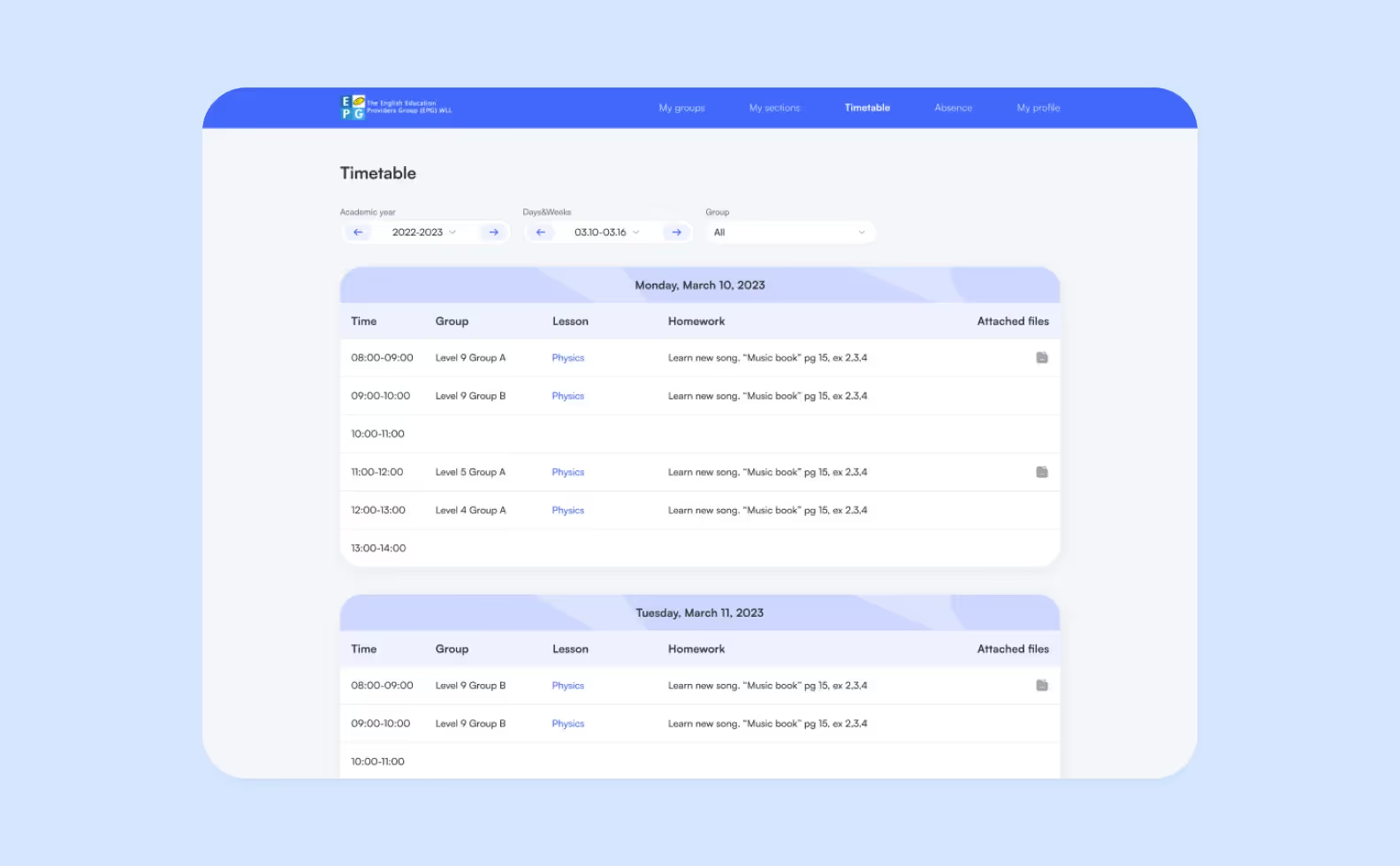
Одно из самых сложных флоу — оплата. У заказчика предусмотрена сложная система скидок, которые могут суммироваться, поэтому нам нужно было детально проработать формулы расчета. Кроме того, платформа поддерживает рассрочку, возвраты и другие финансовые операции.
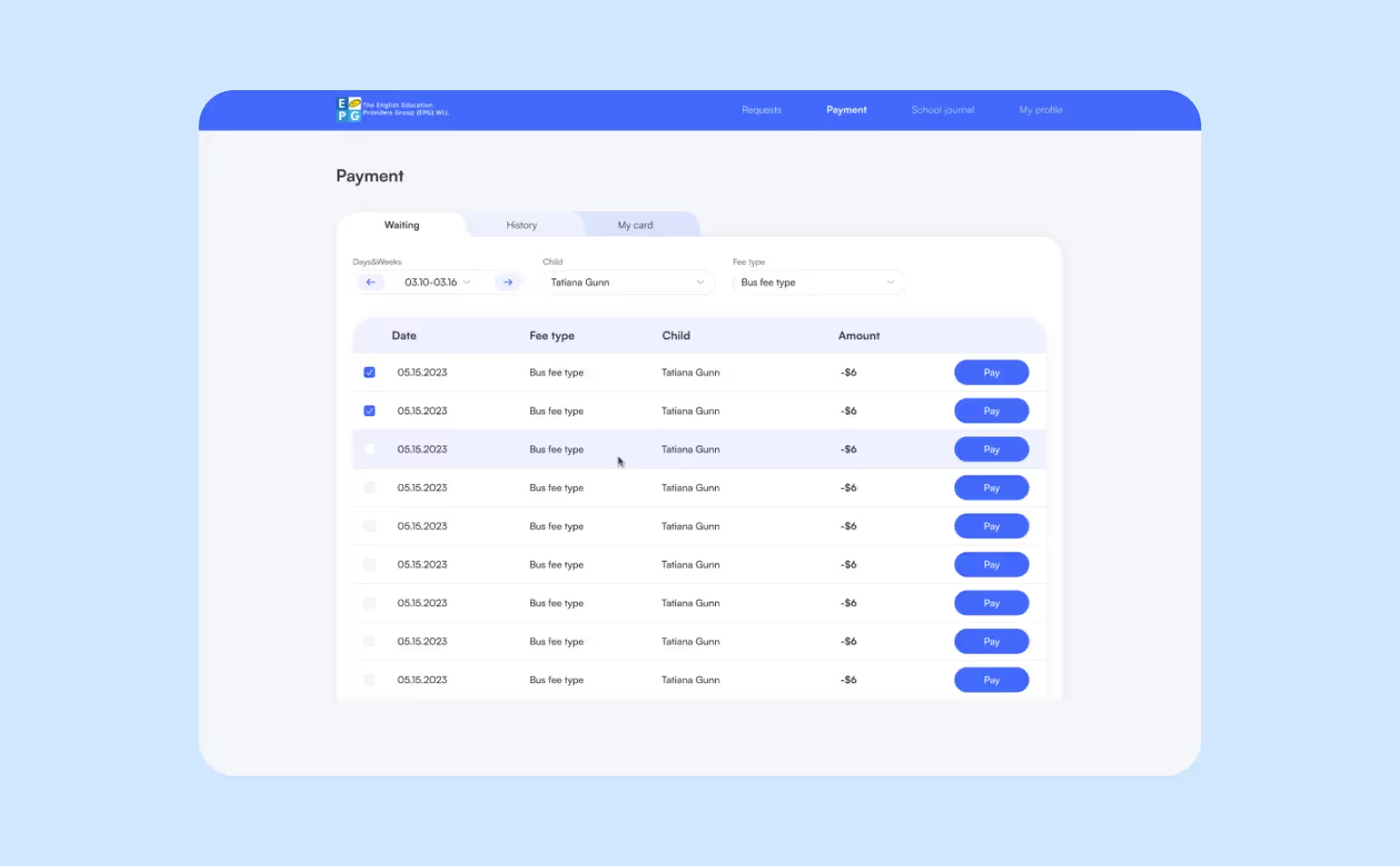
Супер-админ управляет правами доступа для разных ролей, определяя, какие функции и данные доступны пользователям. Мы сделали гибкую систему настройки прав в админ-панели.
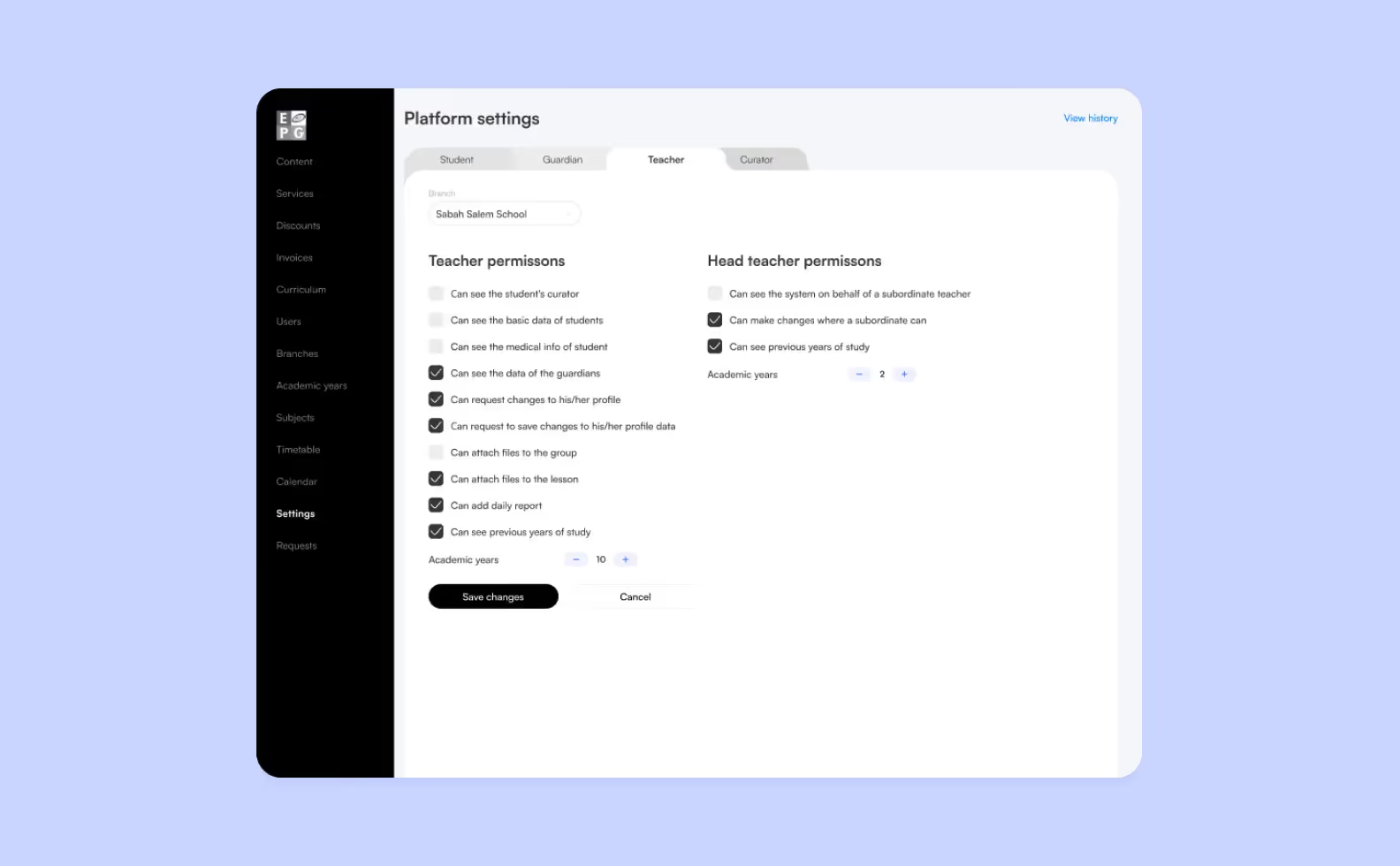
Разработка админки оказалась для нас интересным челленджем. Доступ к ней имеют разные сотрудники, и нужно было учесть, что на каждой странице должны быть отличающиеся уровни прав: одни могут только просматривать информацию, другие — вносить изменения, а третьи — удалять данные. Некоторые пользователи обладают полным набором прав.
Также мы сделали лендинг главной страницы для основного сайта EPG, где представлена вся информация об образовательных и дополнительных услугах и есть опция записи ребенка на обучение. С лендинга можно сразу перейти на ERP-платформу.
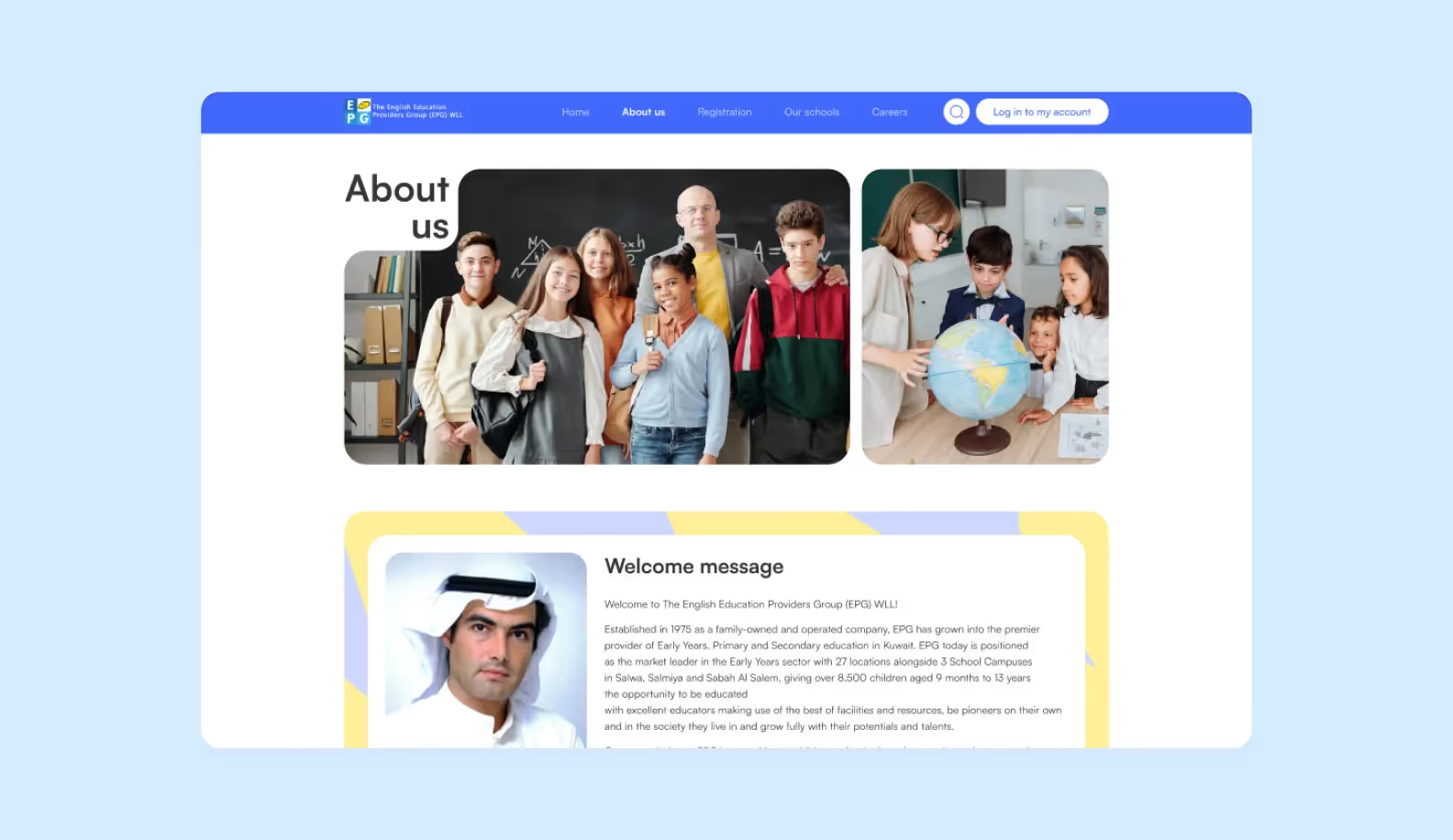
Для заказчика было принципиально важно, чтобы мы использовали технологии, которые позволяют легко масштабировать инфраструктуру, обеспечивают стабильность работы и выдерживают нагрузки. Вот какие технические решения мы выбрали.
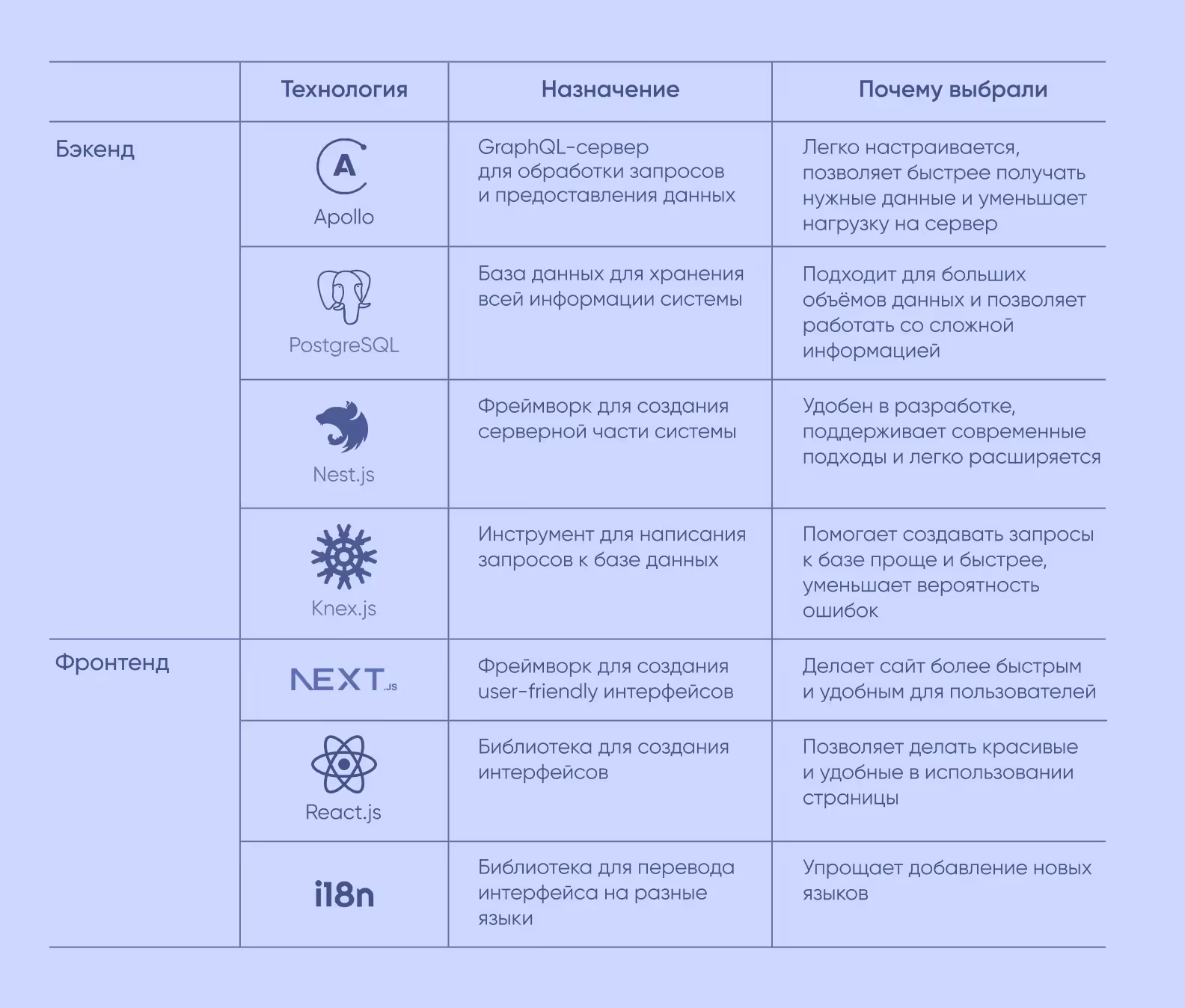
Поскольку в дальнейшем предполагается, что в ERP-систему будут добавляться новые функции, с нашей стороны было важно заложить прочную технологическую основу для ее развития и расширения.
Дизайн и разработка заняли около 11 месяцев. Мы передали заказчику готовый к релизу проект вместе с полной документацией. В настоящее время команда EPG готовится к развертыванию новой платформы.
За это время EPG сформировала внутреннюю команду и планирует развивать ERP-систему как отдельный IT-продукт, предлагая его другим школам в качестве white label решения. В ближайших планах — выход на новые рынки.
Мы недавно узнавали у них, как идут дела, и заказчики сказали, что начали переносить все данные со старой платформы на новую, готовятся к демо и закрывают формальности.
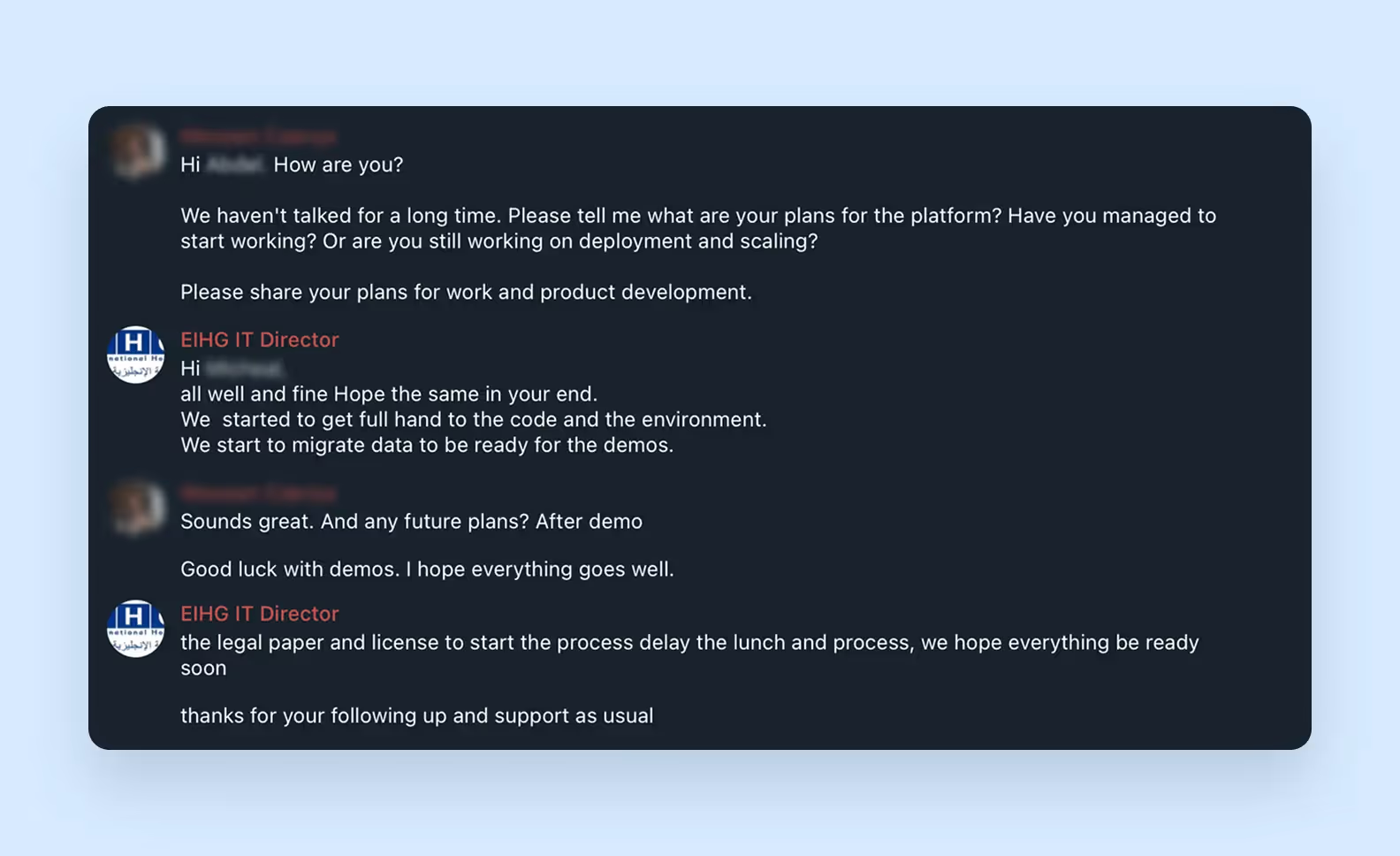
➡️ Нужно сделать сложный проект в сжатые сроки, а в вашей компании не хватает нужной экспертизы? Мы, Purrweb, сможем помочь. Погрузимся в контекст вашего бизнеса, наладим взаимодействие с внутренней командой, разберемся в особенностях ваших бизнес-процессов и подберем лучшее техническое решение.
Есть задача? <a class="blog-modal_opener">Обсудите ее с нами</a>. А мы скажем, сколько времени займет реализация, составим дорожную карту и обозначим бюджет.
Кастомная разработка полного цикла. Берем на себя весь процесс: проектируем дизайн, разрабатываем, тестируем, поможем с релизом или передадим проект и документацию вашей инхаус-команде.
Более 10 лет опыта. Мы создаем IT-продукты для бизнеса и стартапов уже больше десяти лет. Реализовали 550+ проектов в самых разных сферах: IoT, EdTech, маркетплейсы, дейтинг-приложения и многое другое.
Современные технологии. Работаем с актуальным технологическим стеком, чтобы воплощать в жизнь самые сложные и продвинутые функции. Наши решения легко масштабировать, обновлять и поддерживать.